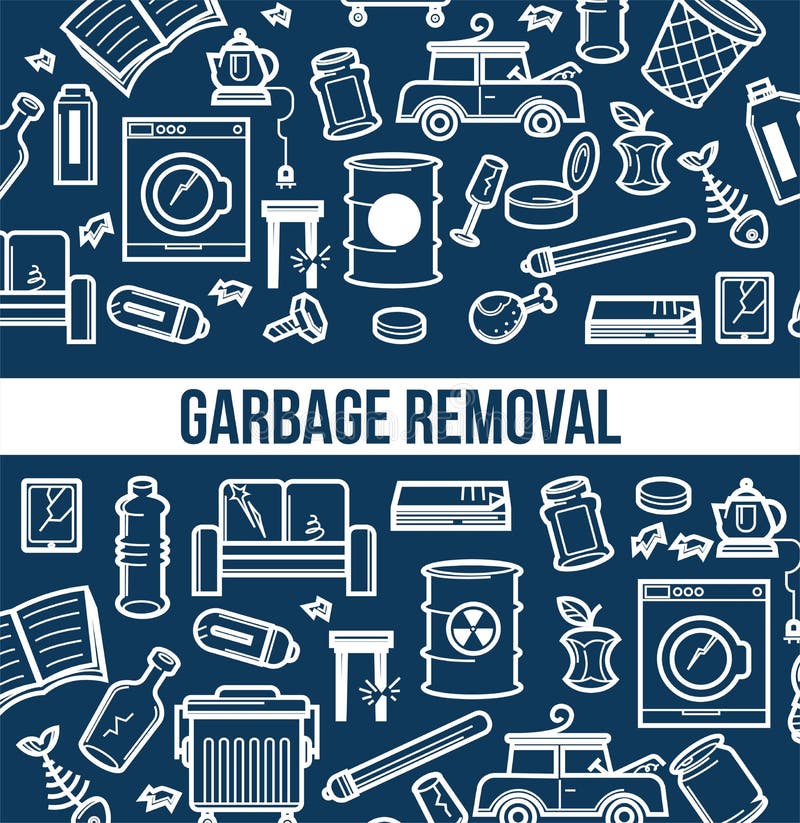Master The Art Of Picking The Excellent Dumpster Dimension For Your Job To Guarantee Performance And Cost-Effectiveness - Find Out Just How In This Extensive Overview
Master The Art Of Picking The Excellent Dumpster Dimension For Your Job To Guarantee Performance And Cost-Effectiveness - Find Out Just How In This Extensive Overview
Blog Article
Web Content Writer-Ellington Hahn
When embarking on a project that calls for a dumpster, the dimension you pick can considerably impact its efficiency and cost-effectiveness. Imagine having the excellent container that fits all your waste without being excessively big or as well tiny. All of it beginnings with recognizing the nuances of your job and selecting a dumpster dimension that aligns with your certain requirements. So, prior to you decide, consider the variables at play to make sure a smooth waste administration process from start to finish.
Variables to Take into consideration
When picking the ideal dumpster size, there are a number of vital factors to think about.
First, consider the type of waste you'll be dealing with. Various products might need differing quantities of area, so recognizing what you'll be putting in the dumpster is critical.
Next, evaluate the amount of waste you anticipate to produce. If you undervalue the volume, you may require to make several trips to deal with everything, which can be troublesome and costly. On the other hand, renting a dumpster that's also big can result in unnecessary expenses.
In addition, think about the space where the dumpster will certainly be placed. Make sure there suffices area for the dumpster to be delivered and grabbed with no blockages.
Lastly, think about any kind of weight limitations that may apply. Surpassing the weight limit can lead to additional charges and even the refusal of service.
Dumpster Size Choices
For picking the appropriate dumpster dimension, it's vital to have a mutual understanding of the available alternatives. Dumpster dimensions generally vary from 10 to 40 cubic backyards, with variants in between.
A 10-yard dumpster appropriates for little projects like a garage cleanout or a tiny remodelling. If you're dealing with a medium-sized task such as a cooking area remodel or a basement cleanout, a 20-yard dumpster might be the best option.
For bigger projects like a whole-house restoration or industrial building and construction, a 30 or 40-yard dumpster could be preferable to fit the volume of waste generated.
When picking a dumpster dimension, think about the amount and kind of particles you expect to dispose of. mouse click the next site 's much better to choose a slightly bigger size if you're uncertain to stop overfilling. Keep in mind, it's even more cost-effective to rent a dumpster that fits your requirements rather than having to purchase an added one.
Matching Size to Project
Efficiently matching the dumpster dimension to your job is important for reliable waste administration. To establish the best size, think about the extent and nature of your job.
For tiny house cleanouts or improvements, a 10-yard dumpster may be adequate. These are generally 12 feet long and can hold about 4 pickup truck tons of waste.
For Read the Full Content like remodeling multiple rooms or clearing out a big estate, a 20-yard dumpster could be more suitable. These are around 22 feet long and can hold approximately 8 pickup truck tons.
If you're taking on a major construction task or commercial restoration, a 30-yard dumpster could be the best fit. These dumpsters are about 22 feet long and can suit concerning 12 pickup lots of debris.
Matching the dumpster dimension to your project ensures you have enough space for all waste materials without paying too much for extra capability.
Conclusion
In conclusion, selecting the appropriate dumpster size for your project is vital for reliable garbage disposal. By thinking about elements like the kind and quantity of waste, area accessibility, weight limitations, and spending plan restrictions, you can ensure you have the proper size dumpster for your demands. See to it to match the size of the dumpster to the scope and nature of your task to prevent overspending on unneeded costs.
